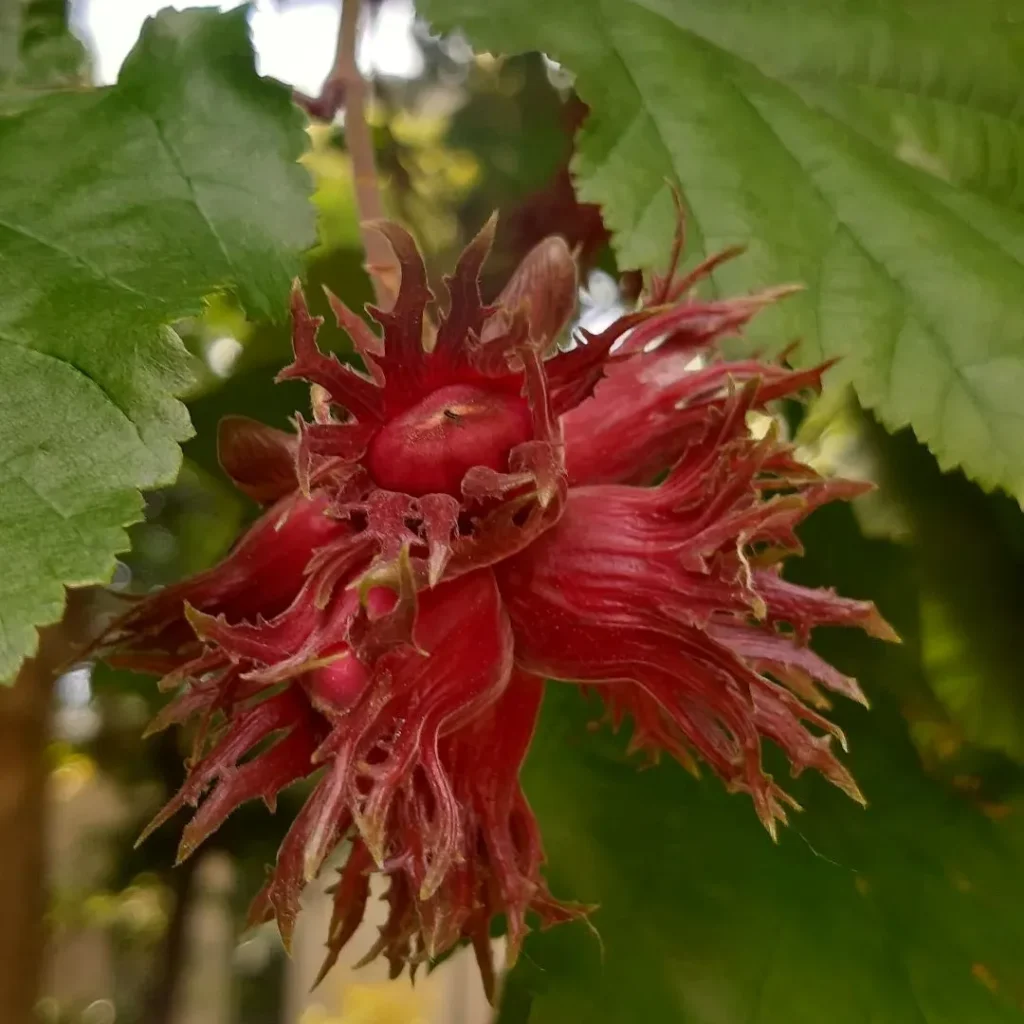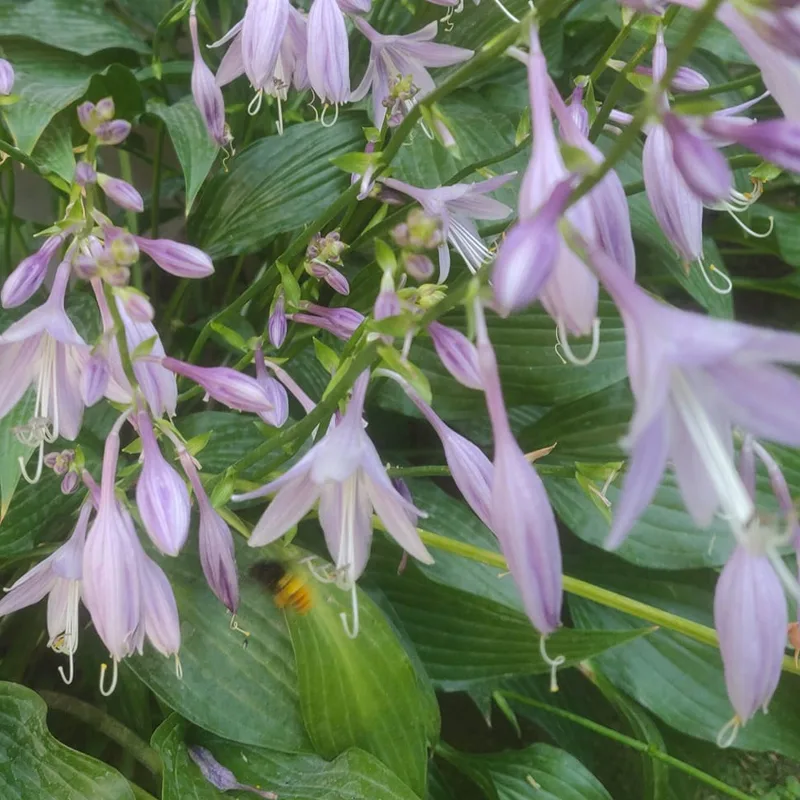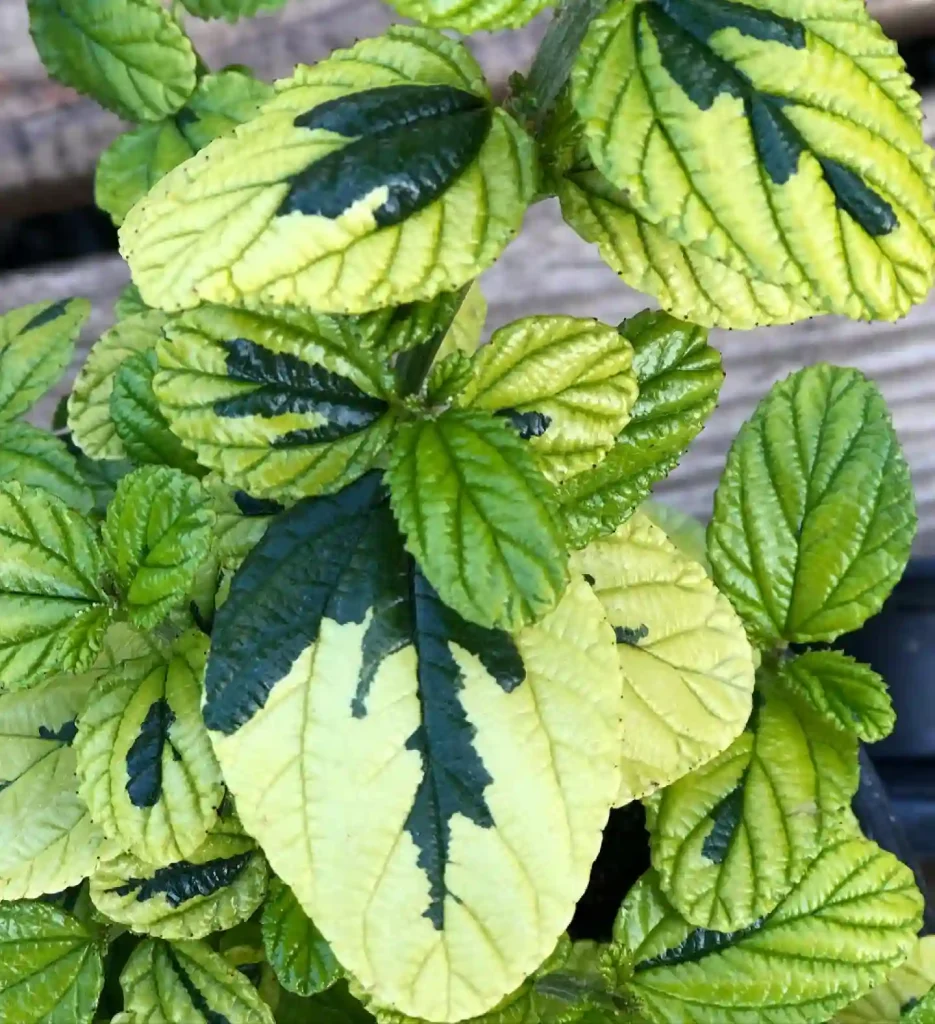Miltonia: The Orchid That Stole My Heart
As an orchid enthusiast, I’ve always been drawn to the vibrant colors and intricate forms of these fascinating flowers. But among the many genera I’ve encountered, there’s one that holds a special place in my heart: Miltonia from the Orchidaceae family.
These stunning orchids, often referred to as the “Pansy Orchids” due to their resemblance to the popular garden flower, are native to the cool, humid forests of Brazil. With their large, flat blooms and captivating fragrances, Miltonia orchids have an undeniable allure. They’re a testament to the beauty and diversity of the natural world, and I never tire of admiring their intricate details.
A Closer Look at Miltonia
What sets Miltonia apart from other orchid genera? For me, it’s the combination of their striking appearance and their relatively easy care requirements. Unlike some orchids that demand specific humidity levels and meticulous watering schedules, Miltonia are surprisingly adaptable. This makes them a great choice for both seasoned orchid growers and beginners like myself.
Miltonia orchids are epiphytes, meaning they grow on other plants, typically trees, for support. This adaptation allows them to reach sunlight in the dense rainforest canopy. They have slender pseudobulbs topped with long, graceful leaves. But the real showstoppers are the flowers.
Miltonia blooms come in a wide array of colors, from pure white and vibrant yellow to deep reds and purples. Many species boast intricate patterns and contrasting markings, adding to their visual appeal. And let’s not forget their fragrance! Many Miltonia orchids release a sweet, intoxicating scent, especially in the morning.
Species in Miltonia
The genus Miltonia comprises several species, each with its unique characteristics:
- Miltonia spectabilis: This species is known for its large, showy flowers that often have a contrasting lip. It’s one of the most popular Miltonia species in cultivation.
- Miltonia clowesii: This species features tall inflorescences with multiple flowers that have a distinctive “tiger-striped” pattern.
- Miltonia candida: As the name suggests, this species has pure white flowers with a contrasting purple or red lip. It’s a truly elegant orchid.
- Miltonia moreliana: This species is prized for its large, velvety flowers that come in rich shades of purple and red.
- Miltonia regnellii: This species is known for its fragrant, white flowers with a yellow center and purple markings.
- Miltonia altairiana Chiron & V.P.Castro
- Miltonia × binotii Cogn.
- Miltonia × bluntii Rchb.f.
- Miltonia × cogniauxiae Peeters ex Cogn. & A.Gooss.
- Miltonia cuneata Lindl.
- Miltonia × cyrtochiloides Barb.Rodr.
- Miltonia flava Lindl.
- Miltonia flavescens (Lindl.) Lindl.
- Miltonia kayasimae Pabst
- Miltonia × lamarckeana Rchb.f.
- Miltonia × leucoglossa Anon.
- Miltonia × peetersiana Rchb.f.
- Miltonia phymatochila (Lindl.) N.H.Williams & M.W.Chase
- Miltonia × rosina Barb.Rodr.
- Miltonia russelliana (Lindl.) Lindl.
How to Take Care of Miltonia Orchids?
Caring for Miltonia orchids requires attention to their specific needs. These orchids thrive in bright, indirect light and prefer temperatures between 65°F to 80°F during the day and slightly cooler temperatures at night. They also require high humidity levels, so it’s essential to provide adequate moisture by misting the leaves regularly or placing the orchid on a humidity tray.
Are Miltonia Orchids Poisonous to Cats?
One common concern among pet owners is whether Miltonia orchids are toxic to cats. While Miltonia orchids are generally considered safe for cats, it’s always a good idea to monitor your pets and ensure they don’t ingest any part of the plant. If you suspect your cat has consumed any part of a Miltonia orchid and shows signs of illness, consult your veterinarian immediately.
Can I Keep Miltonia Orchids Outside?
Miltonia orchids are tropical plants and thrive in warm, humid environments. While they can be kept outdoors in suitable climates, it’s essential to protect them from direct sunlight and extreme temperatures. If you choose to keep your Miltonia orchid outside, place it in a shaded area where it can still receive bright, indirect light and ensure it’s sheltered from strong winds and heavy rain.
Do Miltonia Orchids Grow Back?
After blooming, Miltonia orchids will enter a dormant period before producing new growth and flowers. With proper care, including regular watering, fertilizing, and repotting as needed, Miltonia orchids can continue to thrive and bloom year after year. However, it’s essential to be patient and provide consistent care to encourage healthy growth and flowering.
How Often Do Miltonia Orchids Bloom?
Miltonia orchids typically bloom once or twice a year, depending on their growing conditions and care. The flowering period can last several weeks, during which the orchid will produce clusters of colorful blooms that add beauty and charm to any space. To encourage blooming, it’s essential to provide optimal growing conditions, including adequate light, humidity, and temperature.
How to Get Miltonia Orchids to Bloom?
Encouraging Miltonia orchids to bloom requires attention to their specific needs. Providing the right balance of light, humidity, temperature, and nutrients is essential for promoting flowering. Additionally, proper pruning and repotting can help stimulate new growth and encourage the orchid to produce flowers. With patience and care, you can enjoy a bountiful display of blooms from your Miltonia orchid.
How to Prune Miltonia Orchids?
Pruning is an essential aspect of Miltonia orchid care and can help promote healthy growth and flowering. Remove any dead or yellowing leaves and spent flower spikes to encourage new growth and prevent disease. Additionally, you can trim back overgrown roots during repotting to maintain a healthy root system and ensure optimal nutrient absorption.
How to Water Miltonia Orchids?
Proper watering is crucial for the health and vitality of Miltonia orchids. Water them thoroughly when the top inch of the potting medium feels dry, allowing excess water to drain away completely. Avoid overwatering, as this can lead to root rot and other issues. Additionally, consider using a water-soluble orchid fertilizer to provide essential nutrients during the growing season.
When to Repot a Miltonia Orchid?
Repotting is necessary when the orchid outgrows its current container or when the potting medium breaks down and becomes compacted. Typically, Miltonia orchids should be repotted every one to two years to refresh the potting medium and promote healthy growth. Spring is the ideal time for repotting, as it allows the orchid to adjust to its new container before the growing season begins.
Why I Recommend Miltonia?
If you’re considering adding an orchid to your plant collection, I highly recommend giving Miltonia a try. They’re not only beautiful but also relatively easy to care for, making them a great choice for both novice and experienced orchid growers.
With their diverse range of colors, patterns, and fragrances, Miltonia orchids offer something for everyone. And once you experience the joy of watching them bloom, you’ll understand why I’ve fallen head over heels for these captivating orchids.
If i die, water my plants!



